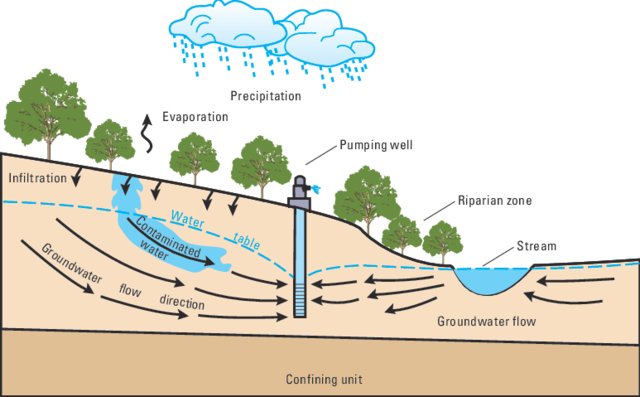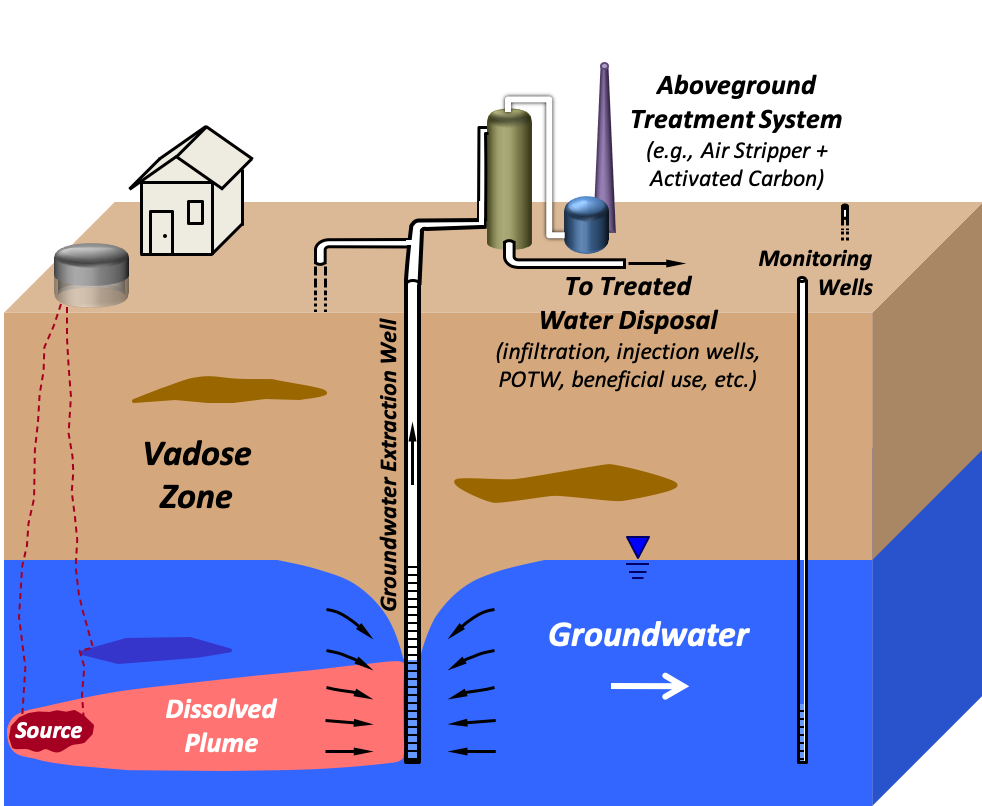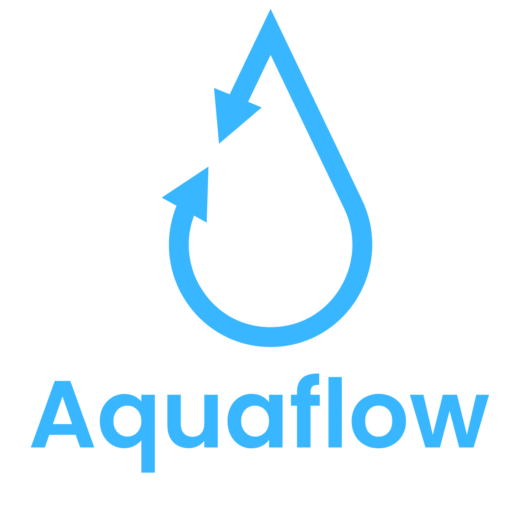Research
Aquaflow Analytics engages in research pertaining to various aspects of groundwater, covering a wide range of topics
Groundwater Flow Modeling
Groundwater flow modeling is a crucial tool for understanding and managing water resources. Three commonly used methods for groundwater flow modeling are finite difference (FDM), finite element (FEM), and analytic element (AEM) methods.
FDM discretizes the groundwater domain into a grid of cells and approximates the governing equations using finite difference equations. It is computationally efficient and well-suited for regular-shaped domains.
FEM divides the domain into irregularly shaped finite elements, providing flexibility for complex geometries. It solves the governing equations within each element, offering accurate solutions. However, it requires more computational resources and can be complex to implement.
AEM represents the groundwater system using mathematical functions called analytic elements. It simplifies complex geometries and boundary conditions and provides analytical solutions. AEM is ideal for preliminary assessments and simple two-dimensional problems, but it may struggle with detailed three-dimensional systems.
The choice of method depends on the problem complexity, available data, computational resources, and desired accuracy. FDM and FEM are suitable for detailed modeling, while AEM is useful for quick analyses. Ultimately, the selection should balance accuracy and computational efficiency based on the specific modeling requirements.

Fig.1. Schematic of groundwater flow in an aquifer


Fig.2. Illustrative demonstration of groundwater contamination from various sources
Contaminant Transport Modeling
Contaminant transport modeling is a critical tool for understanding the movement and fate of pollutants in groundwater systems. Three widely used methods for contaminant transport modeling are finite difference (FDM), finite element (FEM), and random walk particle tracking.
FDM and FEM discretize the domain and solve the advection-dispersion equation to simulate contaminant migration and dispersion. They provide spatially distributed information on concentration levels and the extent of contaminant plumes. These methods are effective in capturing concentration gradients and overall transport behavior.
Random walk particle tracking models simulate the movement of individual particles through the groundwater flow field. By tracking the trajectory and behavior of particles, this method allows for analyzing transport pathways, travel times, and the potential for particle interactions. It is particularly useful for studying particle fate and identifying contaminant sources.
The choice of modeling method depends on the complexity of the problem, data availability, computational resources, and the desired level of detail. FDM and FEM are well-suited for assessing overall concentration distribution, while random walk particle tracking provides insights into individual particle behavior and detailed transport pathways. The selection should consider the specific modeling objectives and the trade-off between computational efficiency and accuracy.
Groundwater Resources Management
Effective management of groundwater resources, ensuring their long-term sustainability and efficient utilization, is crucial. In this context, the simulation-optimization approach has emerged as an invaluable tool that combines accurate simulation models of groundwater behavior with optimization algorithms. The primary goal is to identify the most optimal management strategies.
By employing this approach, a comprehensive assessment of various scenarios and management options can be conducted, with the aim of maximizing water availability while minimizing costs and environmental impacts. It optimizes critical factors such as pumping rates, well locations, and recharge methods to achieve sustainable groundwater management practices.
The simulation-optimization approach empowers decision-makers by integrating data, simulations, and optimization techniques. It enables informed choices in groundwater management, optimizing water allocation, preventing overexploitation, controlling contamination, and ensuring the overall sustainable utilization of groundwater resources.
This approach offers numerous advantages, including an improved understanding of complex groundwater systems, enhanced prediction of future conditions, and effective evaluation of management alternatives. It equips stakeholders with the necessary tools and knowledge to preserve and responsibly utilize groundwater resources, ensuring their availability for future generations.
Groundwater Remediation
Groundwater remediation is the process of purifying contaminated groundwater to ensure its safe use. Techniques such as pump-and-treat, bioremediation, and chemical oxidation are employed in this essential endeavor to protect human health and preserve water resources.
The widely used pump and treat technique involves extracting contaminated groundwater through wells and subsequently treating it to eliminate or neutralize pollutants. Methods like filtration, air stripping, or activated carbon adsorption are typically employed to treat the extracted water before safely returning it to the aquifer or discharging it.
Simulation optimization models play a vital role in optimizing pump and treat groundwater remediation. By incorporating mathematical models and algorithms, these models simulate groundwater system behavior and optimize the design and operation of the remediation process. They assist in determining the best pumping rates, well locations, and treatment strategies to efficiently remove contaminants while minimizing costs and time.


Fig.3. A pictorial representation of groundwater remediation by pump and treat
Contaminant Sources Identification
Contaminant source identification is a critical step in groundwater management. It involves determining the origin and location of pollutants that affect groundwater quality. Accurate identification enables effective remediation strategies and preventive measures to safeguard groundwater resources.
Contaminant source identification for groundwater using a simulation-optimization approach combines the strengths of simulation models and optimization algorithms. By simulating the behavior of groundwater flow and contaminant transport, and optimizing parameters like source locations or release rates, this approach helps pinpoint potential contaminant sources. It enables efficient identification, estimation, and prioritization of sources, aiding in effective remediation strategies, regulatory actions, and protection of groundwater resources from further contamination. The simulation-optimization approach enhances decision-making processes for sustainable groundwater management and protection.
Aquifer parameter estimation
Aquifer parameter estimation is a crucial step in groundwater modeling. It involves determining the properties of the aquifer, such as hydraulic conductivity and porosity, through various methods like pumping tests and geophysical surveys. Accurate parameter estimation enhances the reliability and accuracy of groundwater models, enabling better predictions and informed decision-making in water resource management.
Simulation-optimization models play a significant role in aquifer parameter estimation. By integrating simulation models with optimization algorithms, they help optimize the values of aquifer parameters, such as hydraulic conductivity or porosity, to best match observed data. This approach improves the accuracy of parameter estimation, enhancing the reliability of groundwater models for effective water resource management and decision-making.
